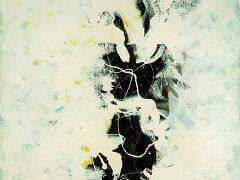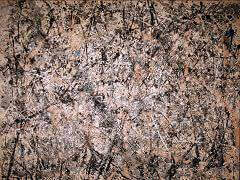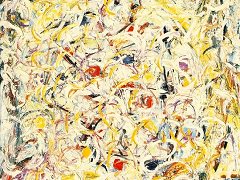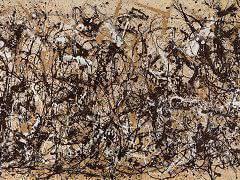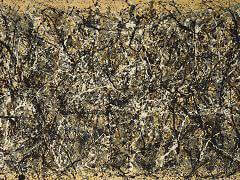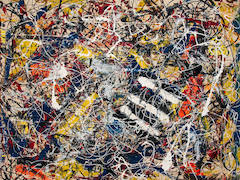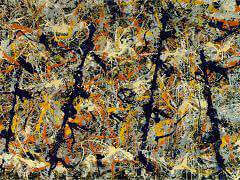Undulating Paths, 1947 by Jackson Pollock
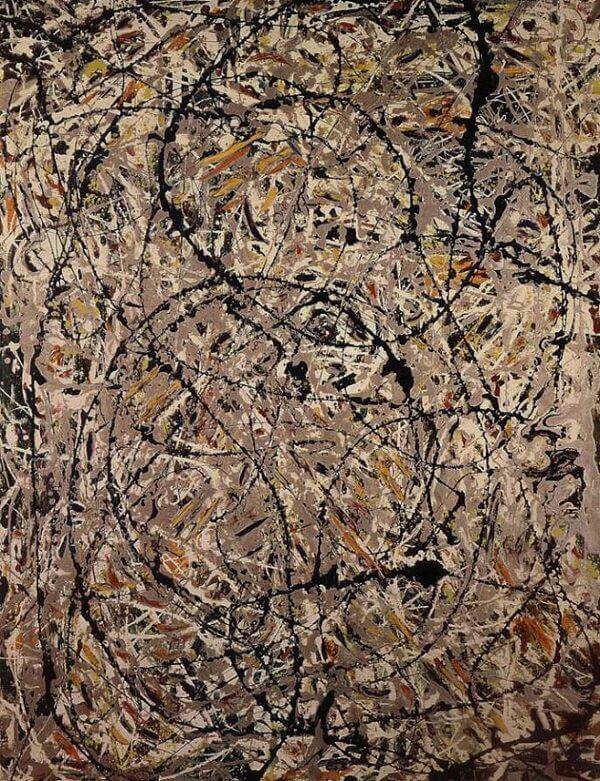
Max Ernst arrived in America in 1941, seeking refuge from Nazi oppression and a war-ravaged Europe. During his experiments in New York he developed 'oscillation', an 'automatic' process in which he pierced a can containing liquid point with a number of holes and swung it a number of times over a canvas. He would then interpret the paint marks, transforming them into recognizable subjects. A typical painting of this period is Napoleon in the Wilderness from 1941.
This process was shown to Jackson Pollock, a young easel painter working on the government-subsidized Works Progress Administration's Federal Art Project, which provided a subsistence wage to artists during the Depression. Following several months in hospital in 1938 for psychiatric treatment for alcoholism, Pollock worked with two Jungian psychoanalysts as part of his therapy and was introduced to notions of the unconscious and the pictorial Symbolism of Pablo Picasso and Joan Miro. The use of Ernst's technique was a significant breakthrough for Pollock in about 1947, when he adopted its use in his 'drip' technique. Although the style was incorporated in what became known as Abstract Expressionism, it had its roots in the Automatism of Surrealism,



